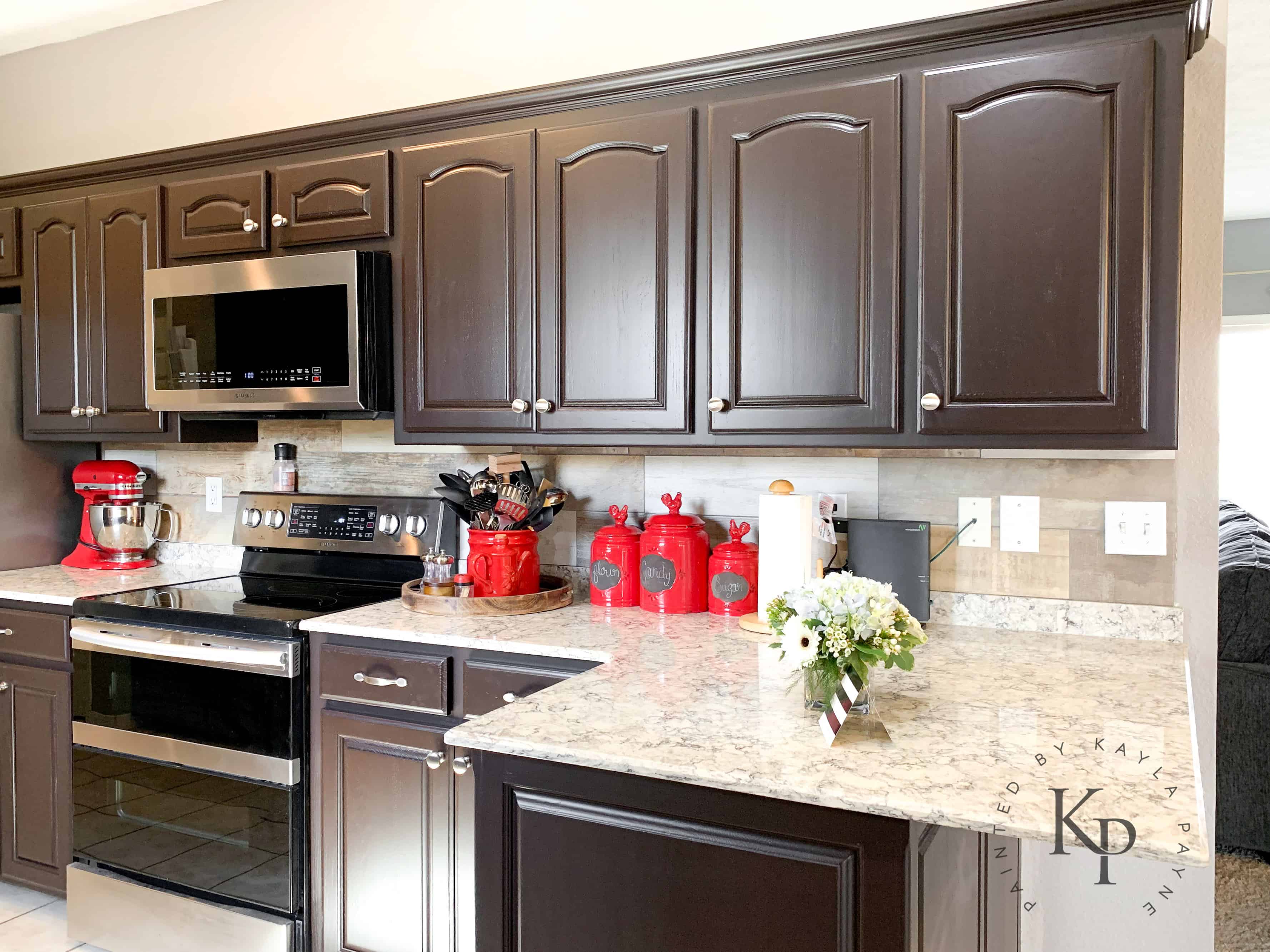Preparing Your Bathroom Cabinets for Espresso Paint

Before you start painting, you need to prepare your bathroom cabinets for a smooth and durable finish. This involves removing hardware, cleaning the surfaces, and sanding and priming the wood.
Removing Hardware and Cleaning
The first step is to remove all the hardware from your cabinets, including knobs, pulls, hinges, and shelves. Use a screwdriver to remove screws and store them in a safe place. You’ll need these screws to reattach the hardware after the paint dries.
Once the hardware is removed, thoroughly clean the cabinet surfaces. Use a mild soap and water solution to remove any dirt, grease, or grime. You can also use a degreaser for stubborn stains. Allow the cabinets to dry completely before moving on to the next step.
Sanding and Priming
Sanding is essential for creating a smooth surface for the paint to adhere to. Use fine-grit sandpaper (120-grit or higher) to sand the cabinet surfaces lightly. This will remove any imperfections and create a smooth, even surface.
After sanding, it’s important to prime the cabinets. A primer helps the paint adhere better and provides a more even finish. Use a primer specifically designed for wood and allow it to dry completely before painting.
Choosing and Applying Espresso Paint: How To Paint Bathroom Cabinets Espresso

Now that your bathroom cabinets are prepped and ready, it’s time to choose and apply the perfect espresso paint. Espresso paint can transform your bathroom cabinets, adding a touch of elegance and sophistication. Let’s explore the different types of paint available and how to achieve a professional finish.
Types of Espresso Paint
Choosing the right type of espresso paint is crucial for a long-lasting and beautiful finish. Here are some popular options:
- Oil-based paint: This type of paint is known for its durability, providing a hard, glossy finish that is resistant to moisture and stains. It’s a great choice for bathroom cabinets, as it can withstand the humid environment. However, oil-based paint takes longer to dry and requires the use of mineral spirits for cleanup, which can be messy.
- Latex paint: This water-based paint is easier to use and clean up than oil-based paint. It dries quickly and emits fewer fumes, making it a good choice for well-ventilated spaces. While latex paint is less durable than oil-based paint, it still provides a good finish for bathroom cabinets, especially when using a high-quality, moisture-resistant formula.
- Enamel paint: This type of paint is known for its hard, durable finish and resistance to scratches and abrasion. It’s a good choice for bathroom cabinets as it can withstand the wear and tear of everyday use. Enamel paint comes in both oil-based and water-based formulas, so you can choose the one that best suits your needs and preferences.
Choosing the Right Shade of Espresso
Selecting the right shade of espresso paint is essential for creating a harmonious and stylish bathroom. Consider the following factors:
- Existing decor: The shade of espresso paint should complement the existing color scheme of your bathroom. If your bathroom has warm tones, a warm espresso shade like “chocolate brown” would be a good choice. For a cooler bathroom, a cooler espresso shade like “espresso” or “dark walnut” would be more suitable.
- Lighting: The lighting in your bathroom can affect how the espresso paint appears. In a dimly lit bathroom, a lighter shade of espresso might be preferable to avoid the paint looking too dark. In a well-lit bathroom, a darker shade of espresso can create a dramatic and sophisticated look.
- Personal preference: Ultimately, the choice of espresso paint shade comes down to your personal preference. Choose a shade that you find appealing and that you think will complement your bathroom’s style.
Applying Espresso Paint, How to paint bathroom cabinets espresso
Applying espresso paint to your bathroom cabinets requires careful preparation and techniques to achieve a smooth and even finish. Follow these steps:
- Prepare the cabinets: Ensure the cabinets are clean, dry, and free of any dust or debris. Lightly sand the surfaces to create a smooth and even base for the paint. If necessary, use a primer to seal the wood and create a better surface for the paint to adhere to.
- Apply the first coat: Use a high-quality paintbrush or roller to apply the first coat of espresso paint. Work in thin, even strokes, ensuring that the paint covers the entire surface of the cabinets. Allow the first coat to dry completely before applying the next coat.
- Apply the second coat: After the first coat is dry, apply a second coat of espresso paint using the same technique. This will help to create a deeper, more even color and enhance the durability of the finish.
- Let the paint dry completely: Allow the paint to dry completely before using the cabinets. This may take several hours or even overnight, depending on the type of paint used and the humidity levels in your bathroom.
Tip: For a professional finish, consider using a paint sprayer to apply the espresso paint. This will help to create a smooth and even finish, especially on cabinets with intricate details.
